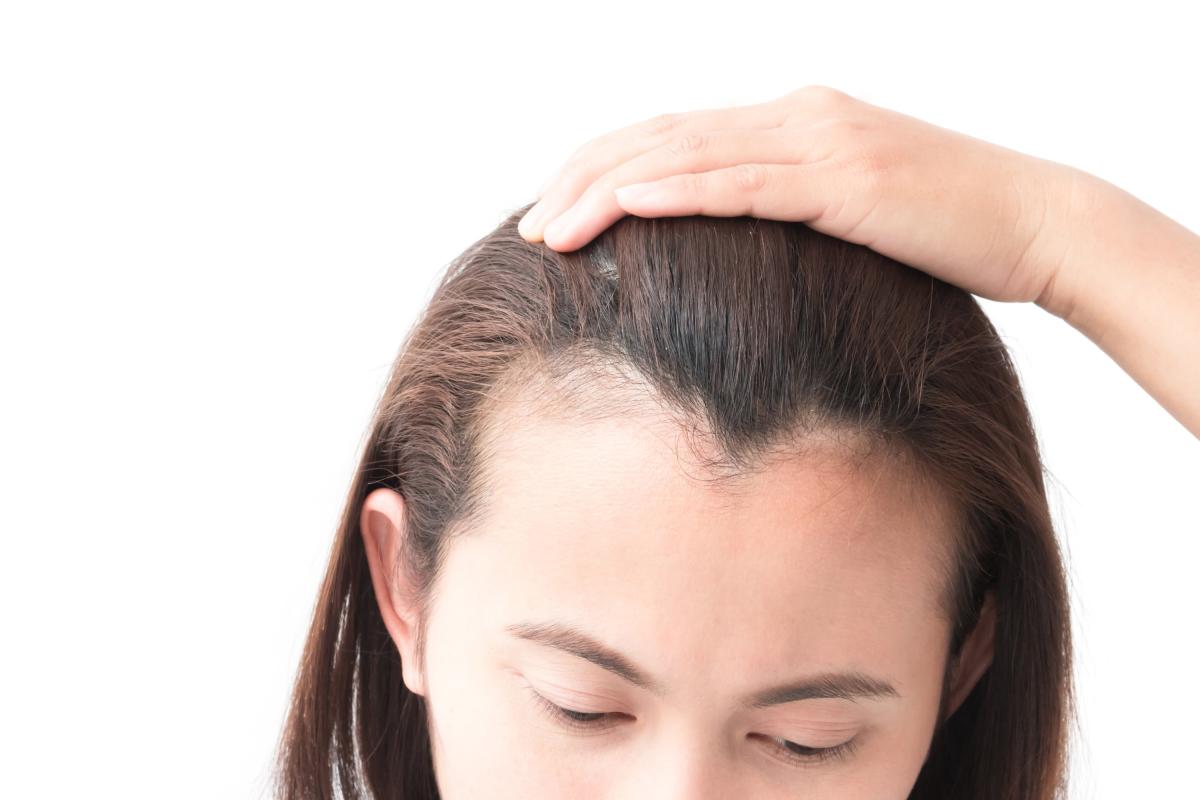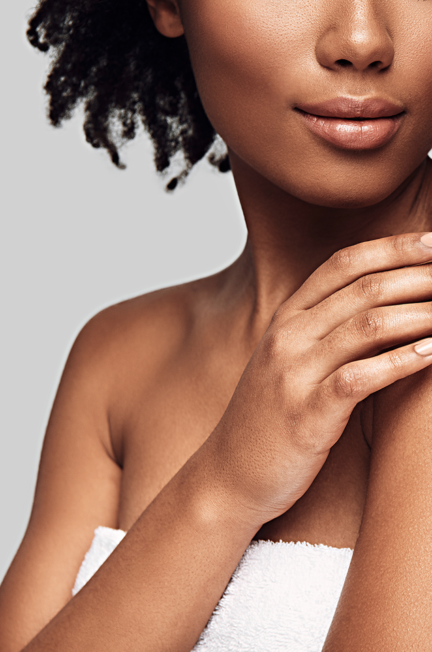Introduction
A receding hairline, often synonymous with male pattern baldness or androgenetic alopecia, is a hair loss condition that many individuals encounter during their lives. This comprehensive guide will delve into the meaning, causes, treatment options, prevention strategies, and frequently asked questions about receding hairlines. It aims to provide an in-depth understanding of this common concern, supported by credible sources. In addition, we’ll incorporate SEO optimization by identifying focus keywords and crafting a meta description and tags.
Meaning of a Receding Hairline
A receding hairline is not just about the gradual thinning and loss of hair around the temples and forehead; it’s a complex interplay of genetic predisposition, hormonal factors, age, and lifestyle choices. This V-shaped hairline transformation can be a source of distress for many, impacting self-esteem and confidence.
Causes of Receding Hairline
Understanding the root causes of a receding hairline is fundamental:
- Genetics: Genetic predisposition plays a pivotal role. If you have a family history of male pattern baldness, you’re more susceptible to this condition.
- Hormonal Imbalance: An imbalance in dihydrotestosterone (DHT), a male hormone, can lead to hair loss. DHT shrinks hair follicles, causing them to produce shorter, thinner hair strands.
- Aging: Aging is a natural contributor to hair thinning and receding hairlines. Hair follicles may become less active as we age.
- Chronic Stress: Chronic stress can disrupt the hair growth cycle, leading to increased hair shedding and exacerbating a receding hairline.
Treatment Options for Receding Hairline
Several treatment options can be explored:
- Medications: FDA-approved medications like minoxidil (commonly known as Rogaine) and finasteride (Propecia) can slow down hair loss and stimulate hair regrowth. However, you must consult a good healthcare professional before using them.
- Low-Level Laser Therapy (LLLT): LLLT devices stimulate hair follicles and have shown promise in promoting hair growth.
- Hair Transplant Surgery: This surgical procedure involves transplanting hair follicles from one area of the body to the thinning areas. It can provide long-lasting results.
Prevention Strategies
While complete prevention may not be possible, you can adopt strategies to slow down the progression of a receding hairline:
- Healthy Lifestyle: Maintaining a balanced diet, regular exercise, and effective stress management are essential for overall health, including hair health.
- Hair Care: Avoid hairstyles that pull hair tightly, such as ponytails or cornrows. Opt for gentle hair care products free of harsh chemicals.
FAQs About Receding Hairlines
Let’s address some common questions:
Q1: Can receding hairlines be reversed?
A1: While some treatments can slow down hair loss and stimulate regrowth, a complete reversal of a receding hairline may not always be possible. Early intervention and consistency in treatment may yield the best results.
Q2: Are there any side effects of using hair loss medications like minoxidil and finasteride?
A2: Yes, there can be potential side effects with these medications. Minoxidil may cause scalp irritation or itching, while finasteride can lead to sexual side effects in some individuals. It’s crucial to discuss these concerns with a healthcare professional before starting any medication.
Q3: Can a receding hairline be a sign of an underlying health issue?
A3: In some cases, hair loss, including a receding hairline, can be linked to underlying health conditions such as thyroid disorders or nutritional deficiencies. If you’re concerned about your hair loss, it’s advisable to consult a healthcare provider for a thorough evaluation.
Q4: Is there a specific age when a receding hairline typically begins?
A4: Receding hairlines can begin at various ages, but they are most common in men in their 20s to 30s. However, you can also experience the problem of receding hairline later in life.
Q5: Can stress management help prevent or slow down a receding hairline?
A5: Yes, effective stress management techniques like meditation, yoga, and exercise can help reduce stress-related hair shedding. Chronic stress can exacerbate hair loss, so managing stress is beneficial for overall hair health.
Q6: Can diet play a role in preventing a receding hairline?
A6: Yes, a well-balanced diet rich in essential nutrients like vitamins, minerals, and protein can support healthy hair growth. Foods containing biotin, zinc, and omega-3 fatty acids are particularly beneficial for hair health.
Conclusion
While a receding hairline can be disheartening, understanding its causes and available treatments and prevention strategies can empower individuals to take control of their hair health. While no universal solution exists, consulting with a healthcare professional can guide you toward the most suitable options. Remember that maintaining a healthy lifestyle is fundamental to overall well-being, including the health of your hair.
Disclaimer: This article provides general information and should not replace professional medical advice. Always consult with a healthcare provider for personalized guidance on your specific situation.





